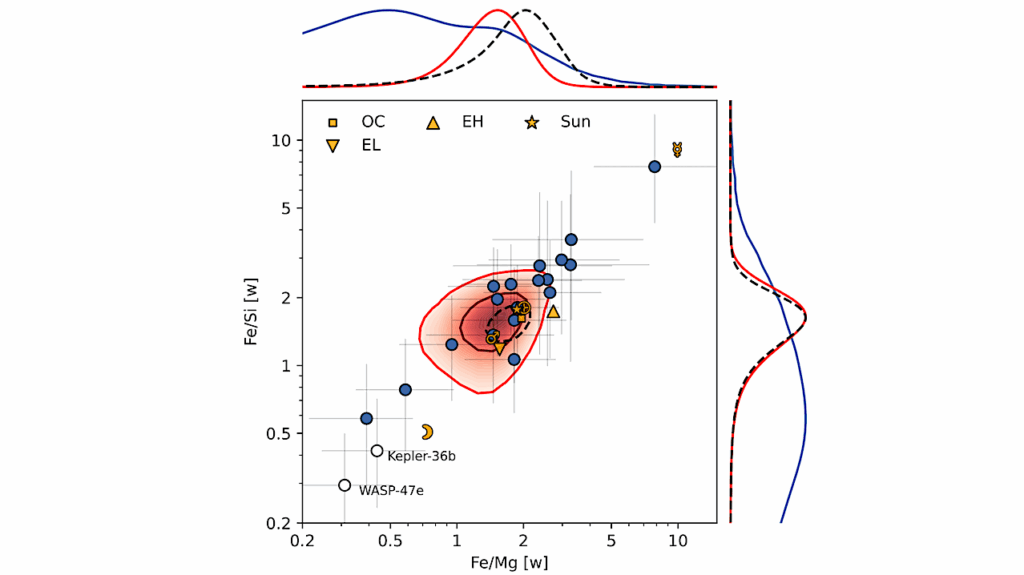Detection Of Ten New Planets, Three Planet Candidates, And Confirmation Of Three Planets Around Eleven Nearby M Dwarfs

Earth-sized planets in the habitable zones of M dwarfs are good candidates for the study of habitability and detection of biosignatures.
To search for these planets, we analyze all available radial velocity data and apply four signal detection criteria to select the optimal candidates. We find ten strong candidates satisfying these criteria and three weak candidates showing inconsistency over time due to data samplings. We also confirm three previous planet candidates and improve their orbital solutions through combined analyses of updated data sets. Among the strong planet candidates, HIP 38594 b is a temperate super-Earth with a mass of 8.2±1.7 M⊕ and an orbital period of 60.7±0.1 days, orbiting around an early-type M dwarf. Early-type M dwarfs are less active and thus are better hosts for habitable planets than mid-type and late-type M dwarfs.
Moreover, we report the detection of five two-planet systems, including two systems made up of a warm or cold Neptune and a cold Jupiter, consistent with a positive correlation between these two types of planets. We also detect three temperate Neptunes, four cold Neptunes, and four cold Jupiters, contributing to a rarely explored planet population. Due to their proximity to the Sun, these planets on wide orbits are appropriate targets for direct imaging by future facilities such as HabEx and ELT.
Fabo Feng, Stephen A. Shectman, Matthew S. Clement, Steven S. Vogt, Mikko Tuomi, Johanna K. Teske, Jennifer Burt, Jeffrey D. Crane, Bradford Holden, Sharon Xuesong Wang, Ian B. Thompson, Matias R. Diaz, R. Paul Butler
Comments: 27 pages, 17 figures, 2 tables, accepted for publication by ApJS
Subjects: Earth and Planetary Astrophysics (astro-ph.EP)
Cite as: arXiv:2008.07998 [astro-ph.EP] (or arXiv:2008.07998v1 [astro-ph.EP] for this version)
Submission history
From: Fabo Feng
[v1] Tue, 18 Aug 2020 15:52:29 UTC (35,015 KB)
https://arxiv.org/abs/2008.07998
Astrobiology








